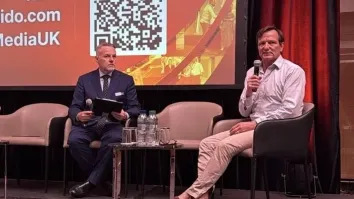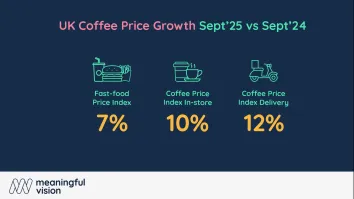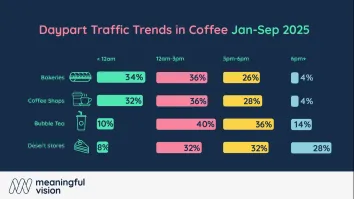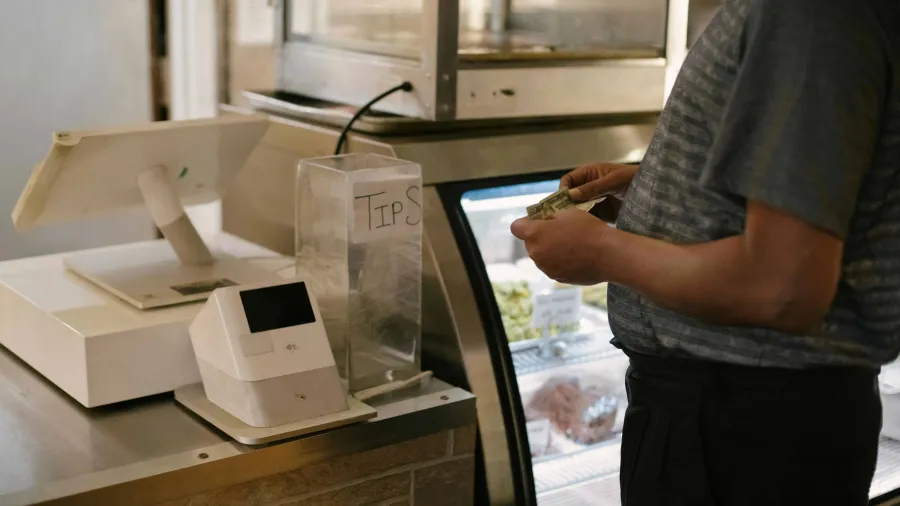
Broken tech systems cost QSRs speed, accuracy, and loyalty
Consistency is critical to improving customer service.
Quick-service restaurant (QSR) operators are losing speed, accuracy, and customer loyalty due to fractured technology stacks that fail to integrate platforms like kiosks, apps, and delivery channels, according to Redcat Hospitality Technology Ltd.
At the QSR Media UK Redcat Conference & Awards 2025 in London on 16 June, Lawrence Pelletier, sales and marketing director at the Australian software service company, cited inconsistencies in how orders are received across systems.
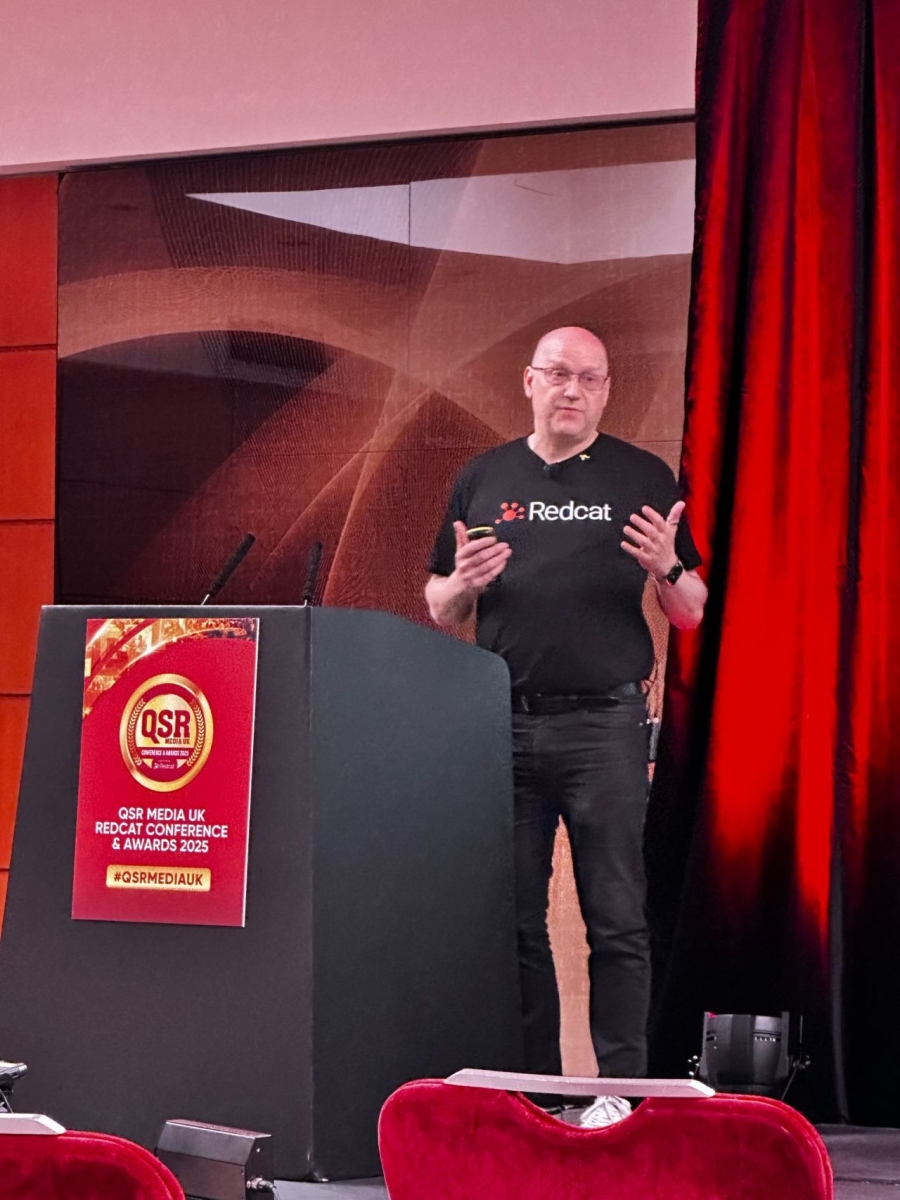
In some restaurants, the same order appears differently depending on whether it was placed through a kiosk, a mobile app, or a third-party delivery platform, he said. This causes confusion amongst kitchen staff during busy hours and raises the risk of errors.
“Typically, when you start opening more restaurants, you start to add more technology or features or products,” Pelletier said. “You start putting things like kiosks, click-and-collect, and different other ways to make a customer happy. That’s when things start to get messy.”
Pelletier noted that disconnected systems like point of sales, loyalty, and online ordering platforms increase pressure on operations and customer experience. Support also becomes fragmented, with multiple vendors each managing separate pieces of the tech stack.
He said consistency is critical to improving customer service.
“Basically, you want to produce a connection engagement, and that connection engagement comes from consistency,” he said. “So if you can tie those things nicely together, you'll have a consistent engagement.”
To tackle fractured systems, QSR operators like Nando’s and McDonald’s typically build or buy middleware to bridge platforms internally. “Often, there are usually 100 engineers involved in the background software to keep up to speed. But once you start on this path, you will stay on it, trying to keep everything up to date.”
Some partner with vendors and integrate systems via an application programming interface. While effective in theory, Pelletier said it becomes fragile in practice. Changes to one system, such as switching loyalty platforms, often require significant reconfiguration.
He supports using one platform provider to manage everything, which simplifies operations and gives one clear point of responsibility.



